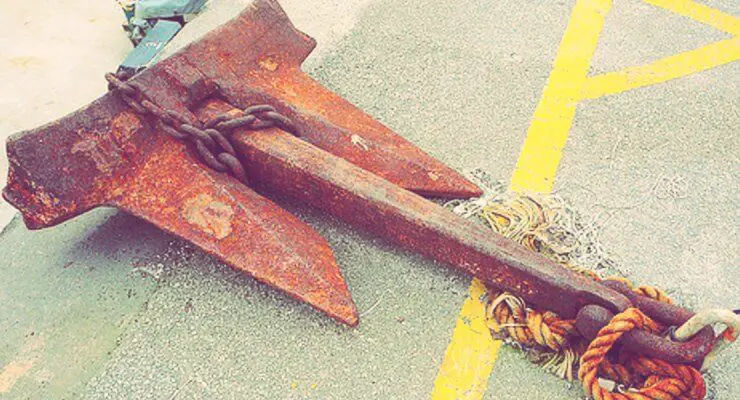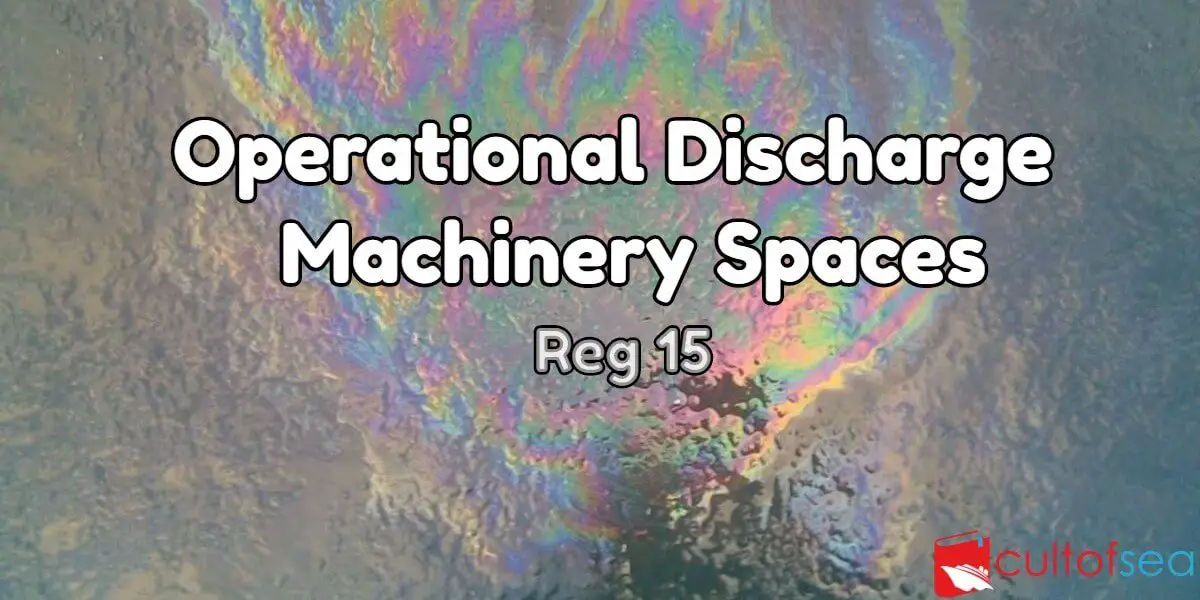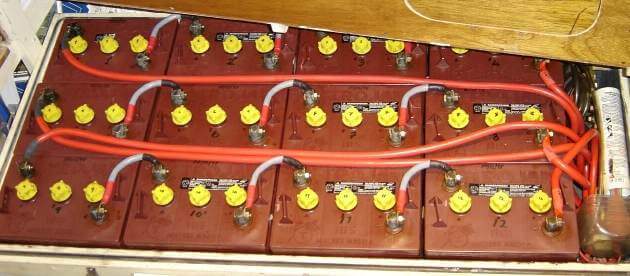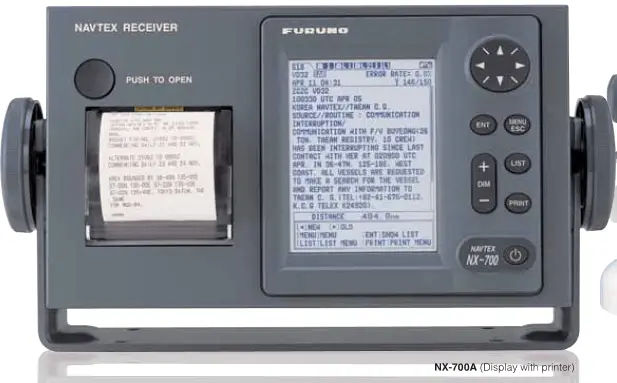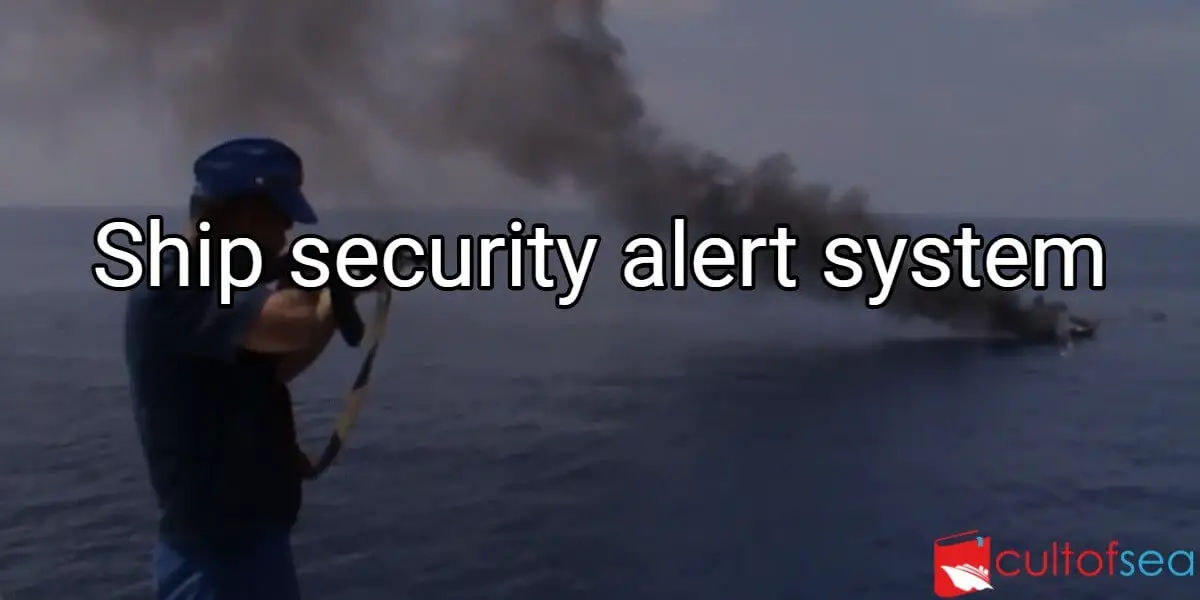Anchor ‘a’ cock bill: When the anchor is hanging vertically from the hawse pipe with the flukes turned into the ship’s side, it has been just clear of the hawse pipe and its weight is taken by the brake in readiness for letting go. In this position, it is not stowed correctly in the hawse pipe. Anchor coming home: When the anchor is being drawn towards the ship in the operation of heaving away, by means of the windlass, the anchor is said to be anchor coming home. Anchor aweigh: The anchor is said to be aweigh immediately it is clear of the bottom. Anchor dragging: The anchor is said … [Read more...]
Archives for November 2015
Types of Knots, Bends and Hitches used at sea
Knots, bends and hitches 1. Overhand knot: It is used for temporary whipping and preventing the rope unreeving from the block and provides the foothold for the life line. 2. Figure of 8 knot: Provide foothold on the lifeline of the lifeboat davit and with the keel grab line and prevent the rope from unreeving patent log with the log line. 3. Reef knot: It is used to the reef point which is used for shortening the sail.it is also used to tie a bundle with the single rope. The reef knot is also used to join two ropes of equal size. 4. Sheep … [Read more...]
Flotation Principle and Explanation – Archimedes
Ever wondered how huge ships manage to stay afloat in water, while a small iron nail sinks? Puzzling as it may appear, you can easily explain this, and many other similar phenomena, with the help of the Archimedes' Principle of Flotation. So, what is the Archimedes' Principle all about? Principle of Flotation: Definition The Archimedes' principle states that any object, wholly or partially immersed in a fluid, experiences an upward force equal to the weight of the fluid displaced by it.Here the term 'fluid' refers to all liquids and gases. For an object that is completely submerged in a … [Read more...]
Discharge of sewage
Discharge of sewage (Annex IV, Reg 11 MARPOL) into the sea is prohibited, except when:1. The ship is discharging comminuted and disinfected sewage using a system approved by the Administration at a distance of more than 3 nautical miles from the nearest land, or sewage which is not comminuted or disinfected, at a distance of more than 12 nautical miles from the nearest land, provided that, in any case, the sewage that has been stored in holding tanks, or sewage originating from spaces containing living animals, shall not be discharged instantaneously but at a moderate rate when the ship … [Read more...]
Discharge Standards – Garbage Marpol Annex V
Garbage MARPOL Annex V - Applies to all vessels This table provides only a summary of discharge requirements under MARPOL Annex V. Find below under download section MEPC attachments. … [Read more...]
Control of operational discharge of oil (Machinery Spaces)
Regulation 15 Discharges outside special areas Any discharge into the sea of oil or oily mixtures from ships of 400 gross tonnage and above shall be prohibited except when all the following conditions are satisfied:.1 the ship is proceeding en route;.2 the oily mixture is processed through an oil filtering equipment meeting the requirements of regulation 14 (Oil filtering equipment) of Annex 1;.3 the oil content of the effluent without dilution does not exceed 15 parts per million;.4 the oily mixture does not originate from cargo pump room bilges on oil tankers; … [Read more...]
Special Areas under MARPOL
In Annex I Prevention of pollution by oil, Annex II Control of pollution by noxious liquid substances, Annex IV Prevention of pollution by sewage from ships and Annex V Prevention of pollution by garbage from ships, MARPOL defines certain sea areas as "special areas" in which, for technical reasons relating to their oceanographical and ecological condition and to their sea traffic, the adoption of special mandatory methods for the prevention of sea pollution is required. Under the Convention, these special areas are provided with a higher level of protection than other areas of the sea. Annex … [Read more...]
GMDSS Batteries Requirements
In Compliance with Solas Ch-IV, Reg 13 (Gmdss Batteries Requirement) A reserve source or sources of energy other than Ship's main and Emergency sources of electrical power shall be capable of operating GMDSS equipment's for:(a) 1 h on ships provided with an emergency source of electrical power(b) 6 h on ships not provided with an emergency source of electrical powerNote: The reserve source energy should also power emergency lighting fitted in the GMDSS console (reg 6.2.4) Battery Charger: When a means of automatically charging GMDSS batteries is provided , it should be capable … [Read more...]
How NAVTEX Works
PRINCIPLE OF NAVTEX SYSTEMNAVTEX is an acronym meaning Navigational Telex, and as its name shows, it is a kind of narrow band radioteletype system for sending (by frequency shift keying) text messages expressed in a 7-unit code. The difference is that a NAVTEX transmitter transmits nine control characters (header code) ahead of the main message so that the receiver can identify the station, message type and serial number automatically. NAVTEX System Operation For navigation purposes, the world is divided into 16 areas as shown in the figure below. Each Navtex station has an … [Read more...]
Ship security alert system (SSAS)
The ship security alert system is again not a GMDSS communications system but it may be associated with GMDSS equipment installed on a ship. Carriage of SSAS is a requirement under theregulations of chapter XI-2 of SOLAS. The ship security alert system is fitted to a ship for the purpose of transmitting a security alert to the shore to indicate to a competent authority that the security of the ship is under threat or has been compromised.SSAS is a system that contributes to the International Maritime Organization's (IMO)'s efforts to strengthen maritime security and suppress acts … [Read more...]
